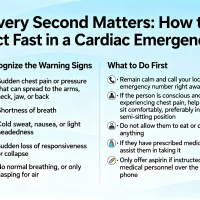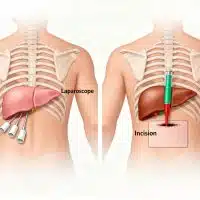
5 Most Common Injuries During River Rafting in Bali — Bali is known for its stunning beaches and rich cultural heritage, also offers an exhilarating adventure for adrenaline enthusiasts, such as rafting. In Ubud area, Bali boasts an impressive range of rivers that cater to rafting enthusiasts of all skill levels. From the challenging rapids of the Ayung River to the scenic beauty of the Telaga Waja River, adventurers can immerse themselves in an unforgettable experience amidst Bali’s stunning landscapes.
As you paddle through the untamed rapids of Bali’s rivers, it’s essential to be aware of potential risks and safety precautions. As with any adventure sport, river rafting carries inherent risks that all participants must be aware of.
Common Injuries During Rafting
- Strains and Sprains
One of the most prevalent injuries experienced during river rafting is strains and sprains. These activities require physical demands of paddling through strong currents and manoeuvring the raft and leads to sprains or muscle pulls. Proper warm-up exercises, stretching, and maintaining correct posture during rafting can help reduce the risk of these injuries.
- Cuts and Bruises
During rafting, you may encounter turbulent waters and jagged rocks that pose the risk of having cuts and bruises. Rafters may accidentally collide with rocks or other objects, resulting in abrasions and bruises. Wearing appropriate protective gear, such as helmets and life jackets, can provide some level of protection. Further to that, rafters should be vigilant and mindful of the surroundings and following the guide’s instructions to prevent such injuries.
- Head Injuries
Head injuries can occur if rafters are thrown off the raft or collide with objects in the river. This type of injuries is ranging from minor concussions to more severe trauma. Wearing a properly fitted helmet is crucial to avoid head injuries during rafting. The guide also will recommend rafters to avoid reckless behaviour and follow safety guidelines to minimize the risk of accidents.
- Broken Nose and or Broken Teeth
The fast-paced nature of river rafting means unexpected collisions can occur, leading to facial injuries such as broken noses or broken teeth. The impact from collisions with rocks or other rafts can result in painful fractures.
- Drowning
Although it is are, drowning can be a potential risk during river rafting accidents, especially for those who cannot swim. Unpredictable water currents, strong undertows, or being trapped under overturned rafts can lead to life-threatening situations. It is vital for rafters to wear life jackets at all times, listen attentively to the safety briefing provided by the guides, and practice self-rescue techniques if they find themselves in the water. Also need to be really honest with the guide about your ability to swim when you re thrown out of the boat.
Emergency Medical Assistance: BIMC Ubud
In the event of an injury during river rafting, immediate access to quality medical care is essential. BIMC Ubud Medical Centre, a renowned medical facility in Bali, specializes in emergency medical services and is equipped to handle a wide range of injuries. Provided with well-experienced medical professionals who are well-versed in treating river rafting-related injuries, ensuring prompt and appropriate care for patients.
Located in the heart of Ubud, BIMC Ubud skilled medical team can be contacted via phone at :
+62 361 2091 030 (direct line) and +62 811 399 552 (WhatsApp only).











